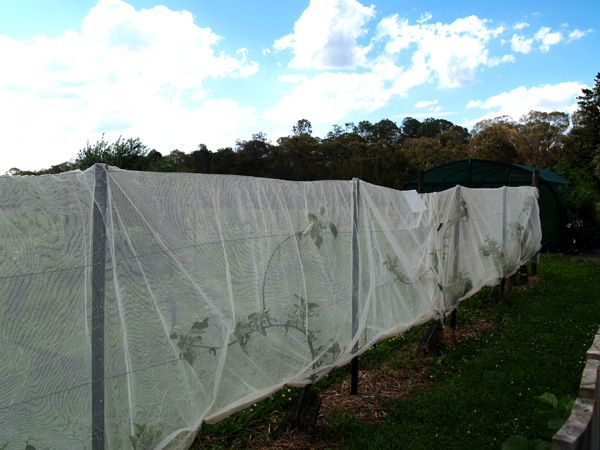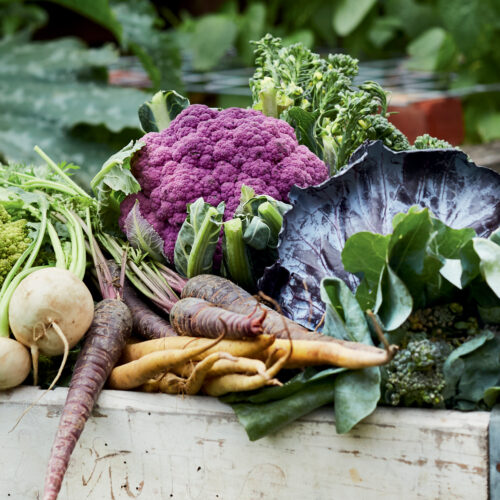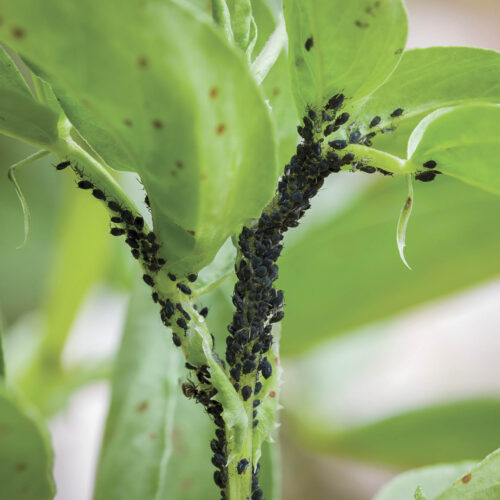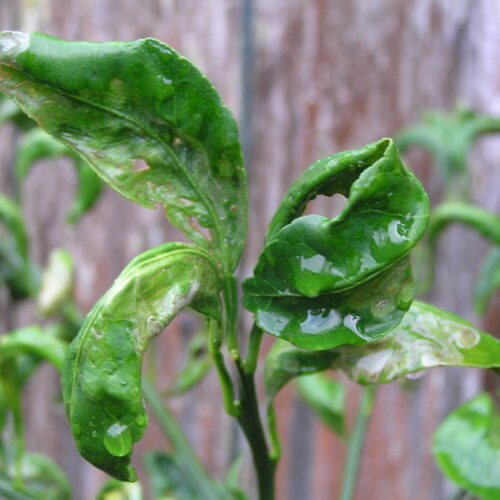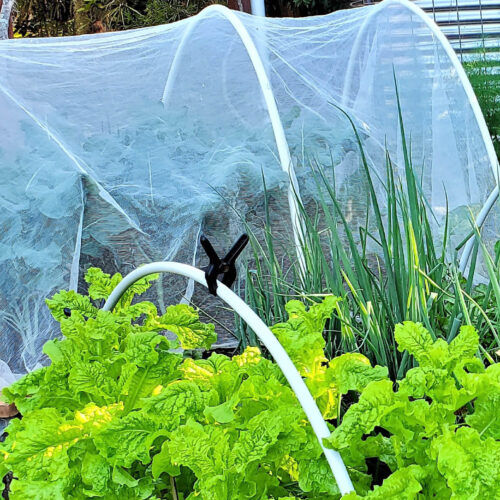Tips for Fruit Fly Season
2012-10-10T00:59:11+11:00
Fancy growing organic fruit in an area infested with fruit fly? It is possible, and JUSTIN RUSSELL shows how it can be done.
I envy those lucky gardeners in Tassie who don’t have to contend with fruit fly. Despite my garden’s cool climate, the little buggers are endemic to my part of southern Queensland and the warmer months require constant vigilance to ensure a harvest of unblemished fruit.
In fairness to the flies, they were here a long time before we arrived with our sweet and juicy exotic fruits. Queensland Fruit Fly (Bactrocera tyroni) is native to a huge tract of land right along the east coast of Australia and adjacent inland. Outbreaks have occurred as far south as northern Victoria, and eastern South Australia, and in May this year, a fly even showed up across the ditch in Auckland, probably a stowaway in a suitcase that got missed by quarantine.
The insect is such a problem in fly-prone districts that almost every piece of unprotected fruit will be infested with fruit fly larvae. In my garden, cold winters and dry summers put a big dent in the local fruit fly population in some years, but in average weather conditions (if such a thing exists anymore) I reckon that about three quarters of unprotected fruit can be ruined by flies. Obviously I’d like to harvest every piece of fruit that reaches maturity, so I’ve spent years experimenting with different control methods.
The most reliable, in my experience, is exclusion. If you haven’t yet come across the term, the technique uses a physical barrier to prevent the female flies from laying their eggs through the skin of the protected fruit. This barrier can be fine weave netting that covers an entire tree, or bags made from waxed paper, spun polypropylene, fly mesh, nylon, or cotton calico that slip over an individual fruit or bunch.
The trick with exclusion is to get the timing right. Flies are generally active from late winter, and build up in numbers during late summer and autumn. As a rule, it’s best to get exclusion bags or nets on as soon as possible after fruitlets are large enough to be handled without falling off the tree. For peaches this might be as early as August in some areas, but for late flowering apples, it might be as late as mid-November.
Exclusion does nothing to reduce fruit fly populations, of course, so as a back up I use certified organic baits (containing the natural insecticide spinosad) throughout the growing season. I also clean up any fruit that has fallen to the ground, which helps break the fly’s breeding cycle. Between each of these methods – exclusion, baiting and cleanliness – I estimate that I get anywhere from about 50 percent control right up to 100 percent. Which fruit achieves top marks? Apples, grown in espaliered rows protected by fine weave netting that gets thrown over the trellis and pegged closed. My favourite fruit, organically grown for six months of the year. Cop that, fruit fly!
Pic – A row of apple trees protected by exclusion netting.

